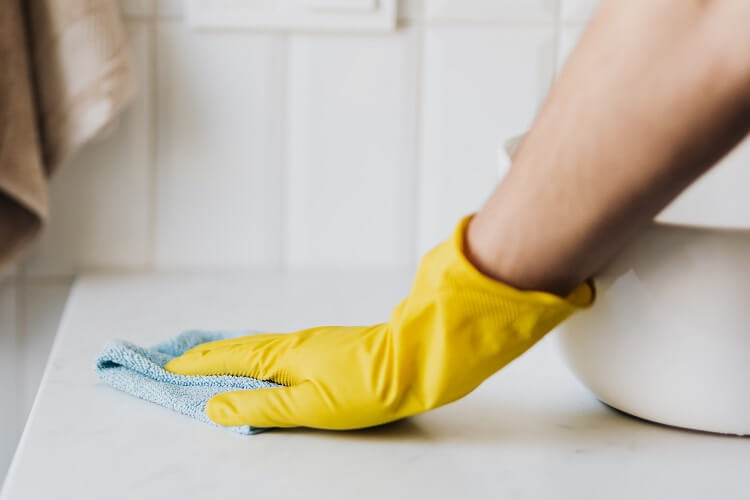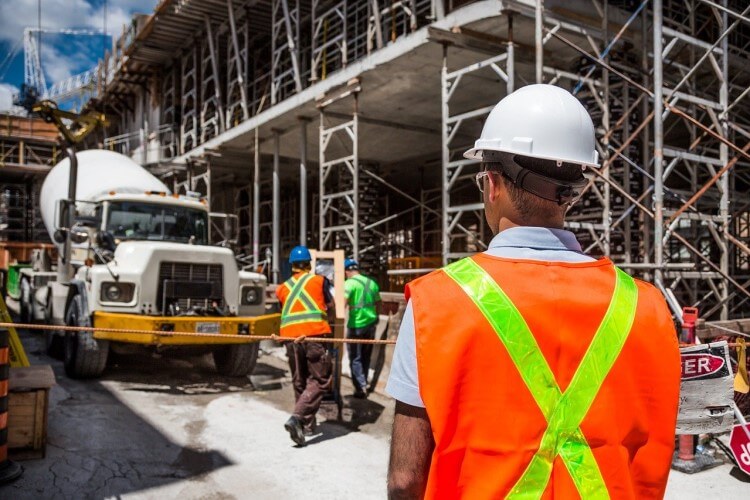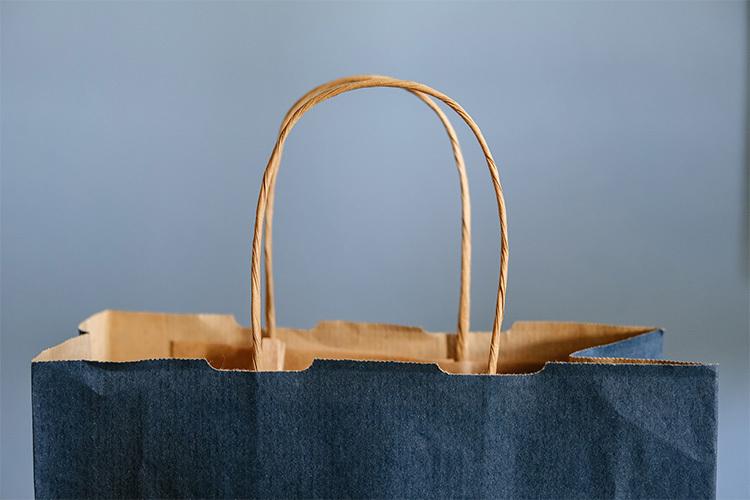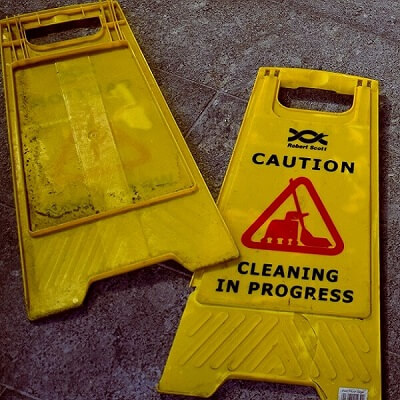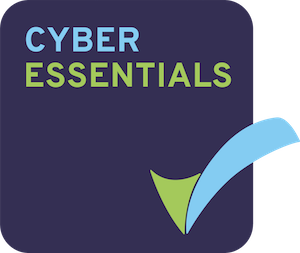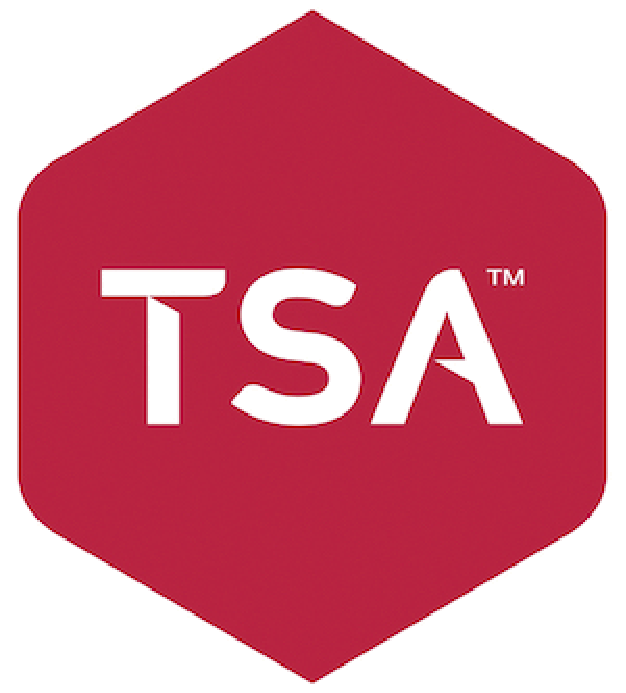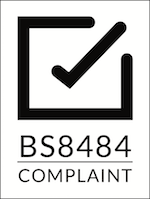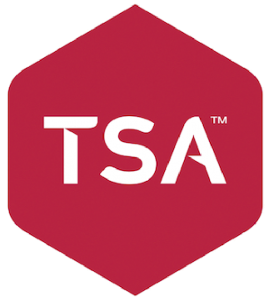A 2021 report revealed that roughly 5% of the UK workforce is made up of cleaners. That comes to about 1.47 million people. Furthermore, cleaners are often required to work unsupervised when other staff have gone home. Health and Safety for cleaners is crucial for keeping them safe. There are many potential hazards that cleaners face on a regular basis. Here are some of the most common risk factors.
Slips and Trips
Cleaning often involves washing floors. Alternatively, vacuum cleaners and floor buffers with trailing cables may be used. As such, many accidents can involve slips or trips. 37% of workplace accidents occur because of slips and trips. Moreover, fractures are a common result of slips and trips.
The Health and Safety Executive recognise the risk posed by slips and trips. They provide some guidance on how to avoid accidents of this kind. Cleaners should ensure they are working in well-lit environments where possible. Assessment of surroundings is crucial, including knowing where cables are. Appropriate footwear can make a difference, too. The most important thing is that they remain aware of the hazards and act with caution.
Handling Hazardous Substances
It is not unusual for cleaners to handle hazardous substances. These substances can include high-strength bleach, disinfectants, and fuel products. Cleaners may be exposed to toxic fumes or could be splashed with caustic substances. These can lead to injuries or health conditions.
Health and Safety guidance recommends that cleaners are provided with equipment that minimises the risk of exposure. This could include gloves and eye protection. With some substances face masks may also be advisable. Furthermore, the workplace should be adequately ventilated to prevent a build-up of fumes. Cleaners should also wash their hands regularly so that potentially hazardous substances do not linger on the skin.
In certain circumstances, exposure to a hazardous substance could have more immediate effects. Safety procedures should be in place to ensure the cleaner can get help. For example, staff should have easy access to first aid kits and eye wash stations.
Dermatitis
Some hazardous substances can cause dermatitis. Substances such as disinfectant or fuel fluids can cause irritation, which is the main cause of dermatitis. Allergens can also be a leading cause.
It is characterised by itchy, blistered, or dry skin. Often dermatitis appears red, dark brown, purple, or grey. Symptoms show within a few hours of contact with a substance, though it can sometimes be days. As dermatitis is caused by substance irritation or allergies, it can usually be avoided by thoroughly washing the substance off the skin.
Working at Height
It is not unusual for cleaners to work in elevated areas. These, naturally, can be risky places to operate. 8% of non-fatal injuries in 2019/20 were attributed to falls from height. Cleaners may lose their balance when working higher up or equipment may fail.
Keeping cleaners safe when working at height often comes down to careful planning. Provide them with adequate equipment for the role, and ensure they are properly trained. Take risk assessments into consideration whenever a cleaner is required to work at height. Finally, put measures in place to ensure cleaners can request help if necessary.
Musculoskeletal Disorders
Using cleaning equipment can cause strain on the body. Musculoskeletal disorders predominantly affect the back, neck, shoulders, and upper limbs. Conditions include prevalent back pain, numbness in the limbs, and slipped spinal discs. Cleaners are vulnerable to these conditions due to the physical demands of the role.
One of the most effective ways of preventing musculoskeletal disorders is to provide breaks. Cleaners should also be provided with proper equipment for the task. Using specialised equipment can reduce the likelihood of straining muscles. Where possible, implement manual handling training.
Lone Working
Many cleaners count as lone workers. This means they work for sustained periods of time without supervision. Lone working can be a hazard, as if an accident occurs they may be unable to request aid.
Monitoring lone workers should be a priority. Their wellbeing ensures they can do their job effectively and provides peace of mind for them and their loved ones. One way of looking out for lone workers is to check in regularly. There should also be adequate systems in place for them to report any problems.
Protecting Lone Workers
Keeping employees safe is a priority. This is especially true with lone workers. A great way of looking out for them is to invest in lone alarms. Lone alarms allow workers to receive aid at the press of a button.
In an emergency, the lone worker will be put in touch with our 24/7 Monitoring Team. They will speak through the two-way speaker in the alarm pendant to find out what help is required. The team will then inform any emergency contacts and, if necessary, alert the emergency services.
To find out more about our lone alarm service, check out our Features page. Alternatively, call our helpful team on 0800 03 08 222, or contact us using our helpful form.
Editor’s Note: This article was updated on 20th December 2023 to reflect current information.

